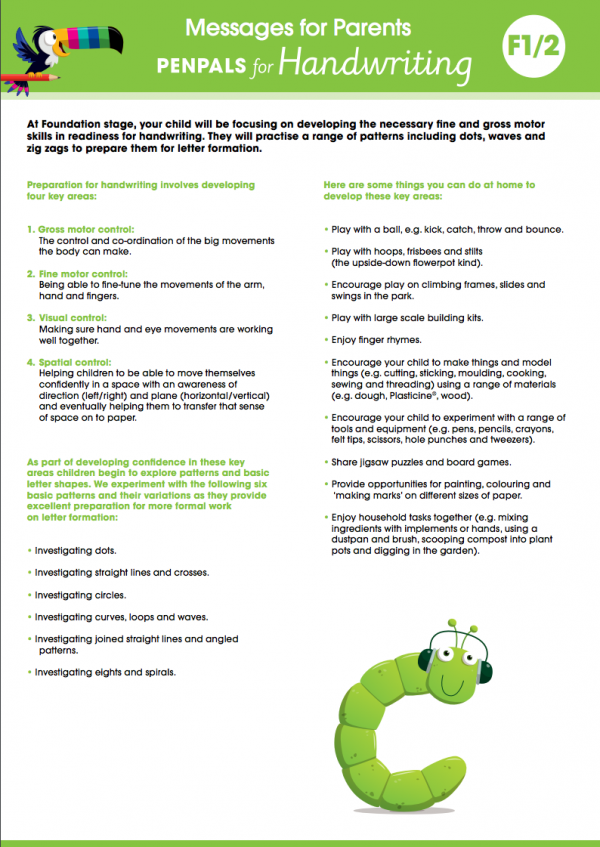“Handwriting is more than just a means of communication; it is a window into the mind and a reflection of one’s personality.”
Handwriting
Handwriting and Presentation
At St Julian’s Primary School, we value the importance of clear and confident handwriting as a vital skill for learning and communication. We follow a structured approach to handwriting development, helping children to form letters correctly, develop fluency, and take pride in the presentation of their work. Through regular practice, we encourage consistency in letter size, spacing, and joining, ensuring that all pupils can write neatly and at a comfortable speed. Handwriting is taught in a fun and engaging way, supporting fine motor skills and building confidence. We celebrate progress and encourage children to take care in their written work, as good handwriting is a skill that benefits them throughout their education and beyond.
Stages of Development – Pen/Pencil Grip
What We Expect
Letter Formation
Other Information for Parents
Register Your Account
Iterative approaches to corporate strategy foster collaborative thinking to further the overall value proposition. Organically grow the holistic world view of disruptive innovation via workplace diversity and empowerment.
Deploy Your Goods
Dramatically maintain clicks-and-mortar solutions without functional solutions. Completely synergize resource taxing relationships.
Analyze Your Data
Dramatically maintain clicks-and-mortar solutions without functional solutions. Completely synergize resource taxing relationships.





